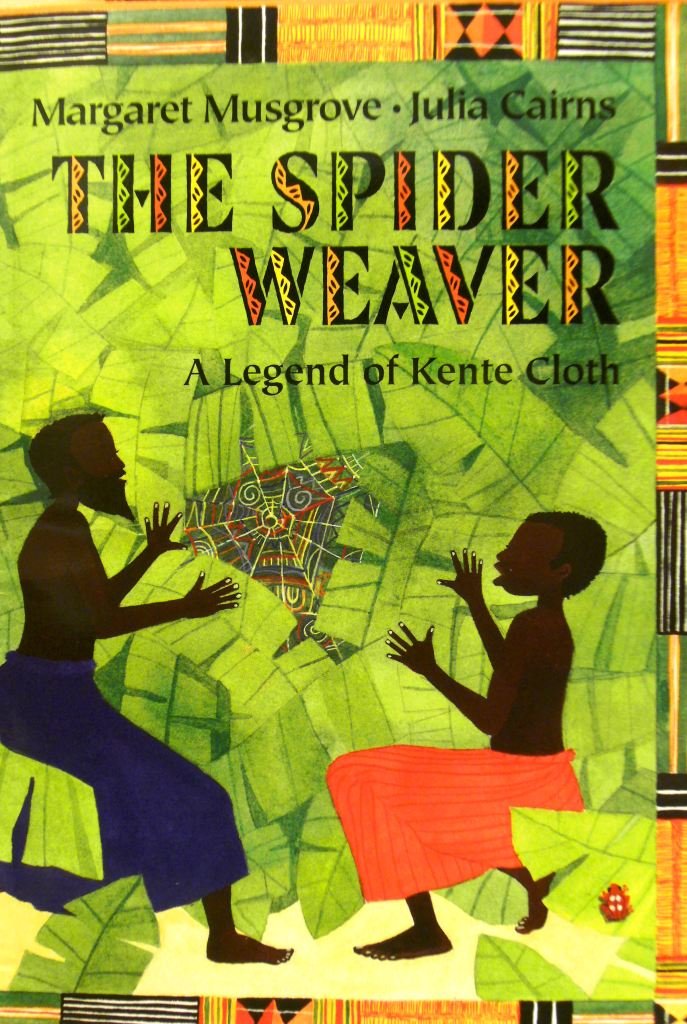Illustrative Mathematics Unit 1, Rigid Transformations and Congruence, seems like a great opportunity to start incorporating some of the practices outlined in Pathway to Equitable Math Instruction that are absent from the IM curriculum. (If you haven’t seen this incredible resource yet, stop reading this blog and dig in.)
I want to start working on these:

You can find their full list of “Characteristics of Antiracist Math Educators” here, on pages 10 and 11.
I have had a hard time finding resources/exemplars for implementing these practices and want to make it very clear that I am a total novice in this work…bumbling along, seeking colleagues/mentors, and trying to be at least a little bit more anti-racist, even though I have so much to learn.
I’m writing this post to share the resources I’ve come across, in the hopes that it is helpful to other teachers. I know this list is a far cry from actually doing the practices listed above, but it seems like a place to start. I will be incorporating these resources in Unit 1 with my students.
Resources:
Google searches + my (limited) prior knowledge lead me to focus on the following examples of rigid transformations:
- Islamic Geometric Patterns
- Kente Cloth
- Korean Dancheong
- Navajo Textiles
- Peruvian Textiles
I borrowed the following books from the LA Public Library. (Did you all know you can get a “teacher account” and borrow books for a couple months?) If I had the money, I would definitely invest in them for our classroom…especially the ones marked with ** because the had the most images.








I also checked out some books connected to M.C. Escher, and my class will learn about how his work with tessellations was inspired by his study of Islamic patterns.
I also spent some time looking for videos. I looked specifically for videos narrated by/featuring people from the culture of focus.
Islamic Geometric Patterns/Mosaics
Highlights:
0-2:29 provides good background
2:29 + talks about the influence of islamic art on MC Escher
5:30-7 Tours numerous buildings
7:30 – 12:30 Features the work Mimar Sinan, Chief Ottomon architect and engineer, from the 1500s.
Fabric Prints and Their Meaning (in Ghana)
The tour guide explains the meanings behind different fabric patterns. You could just show the first 3 minutes to give a taste of intentionality behind the designs.
Navajo Rugs
Interview with Anecita Agustinez.
Highlights
Anecita is introduced at 1:22.
7:00 hear about Mexican influences
11:50 to hear about a particular pattern with multiple lines of symmetry and the meaning of reflections
14:15 she shares a pattern she created and discusses the 4 sacred mountains as well as Arizona’s desecration of Flagstaff.
17:47 explanation of the 2 grey hills design
The Birthplace of Kente Fashion

Highlights:
Emphasizes the significance/meaning of Kente. For example, Philip Oyinke talks about the first time he got to wear Kente at his junior high school graduation. The end features a modern fashion designer sharing how Kente cloth impacts her creativity.
Navajo Weaving
Highlights:
6:00-8:00 Wally Brown shares a few particular patterns and their meaning.
10:30 -12:00 He shares memories of his mother who was a weaver and one of her rugs.
Symbolism and usage of traditional ceremonial uncuña cloth from the Peruvian Andes
A short video (in Spanish) of a woman explaining the symbols on a ceremonial cloth.
Zarah Hussein
I’m also planning to highlight artist Zarah Hussein. In this video she speaks directly to the connection between her work and mathematics.

Current reflections and wonderings:
As I listened to each of the videos again, before posting them here, I was really struck by the depth of meaning in each of the fabrics, designs, and patterns. I would like my students to appreciate this meaning and also contrast it with the (lack of) meaning in most American fabrics and, perhaps, think about why we have this lack of meaning. (My initial thoughts are: fast fashion/disposable fashion/general culture of disposability, disconnect from tradition and cultures, emphasis on demonstrating wealth…but also, we certainly do try to communicate meaning with our clothing, especially via subcultures, so I think this could be a rich topic for kids to discuss, but a bit outside the scope of math class. )
I’m wondering when/how to best incorporate the videos.
I’m wondering how to best use these resources to design the final project for the Unit.
I’m wondering how to use these resources to explicitly engage with these practices:

I’m also realizing I need to learn more about the specific ancestry of students in my math classes. I work at a diverse school, but that doesn’t mean I don’t need to learn about specifics of my students. This will be my next step.
If it wasn’t clear, I really am looking for people to collaborate with. Feedback, suggestions, ideas, and criticism are always welcome. My next post will be about how I’m using these resources throughout Unit 1. Here are some examples of my students’ projects.








[…] ways: 1. Weaving in examples of rigid transformations from several different cultures through video and books. 2. Asking them to create a work of art with some type of significance/symbolism 3. Thoroughly […]